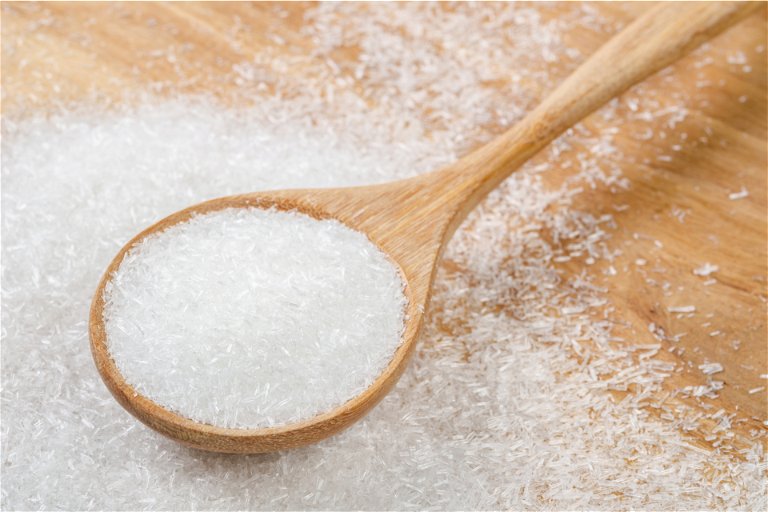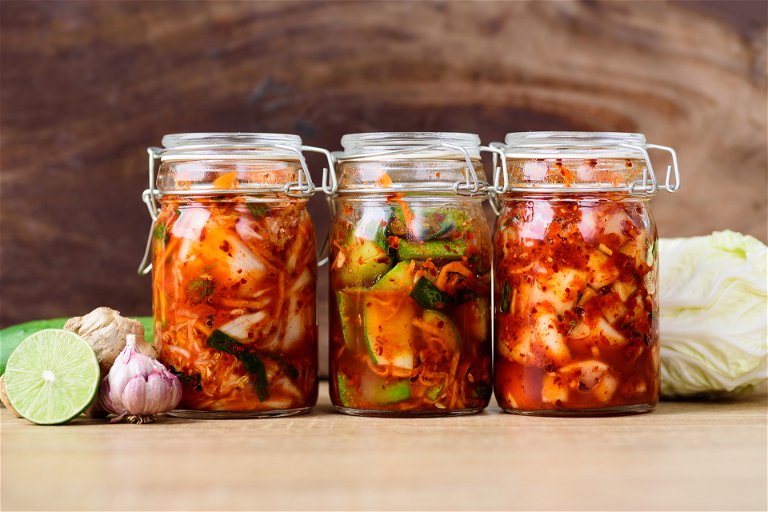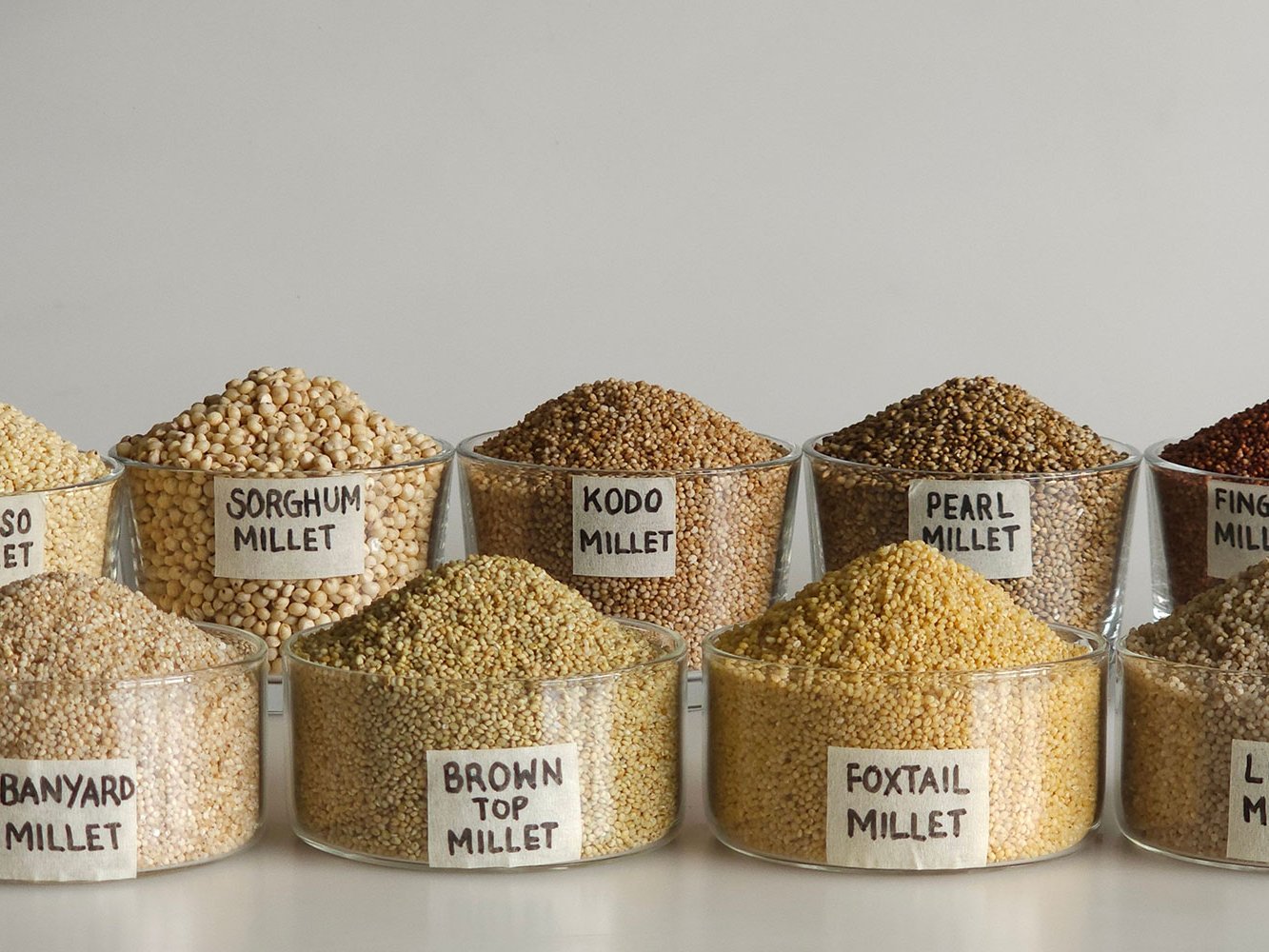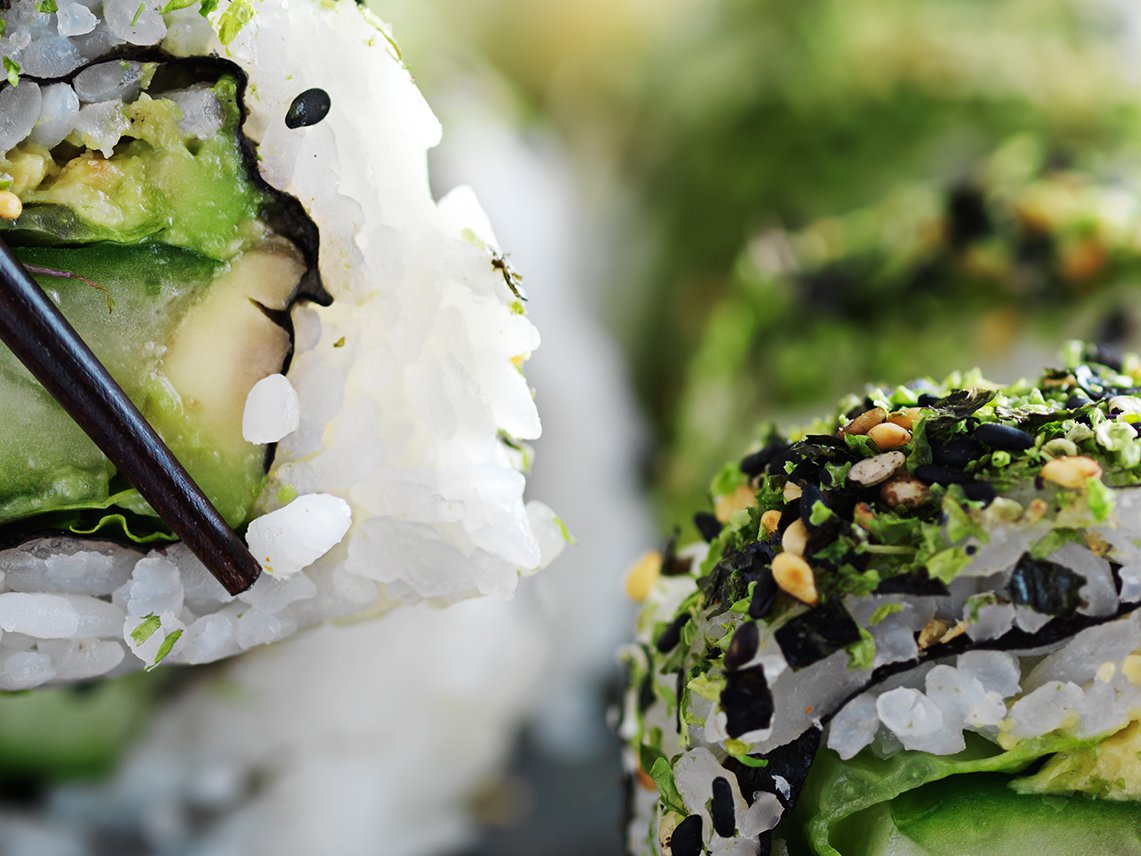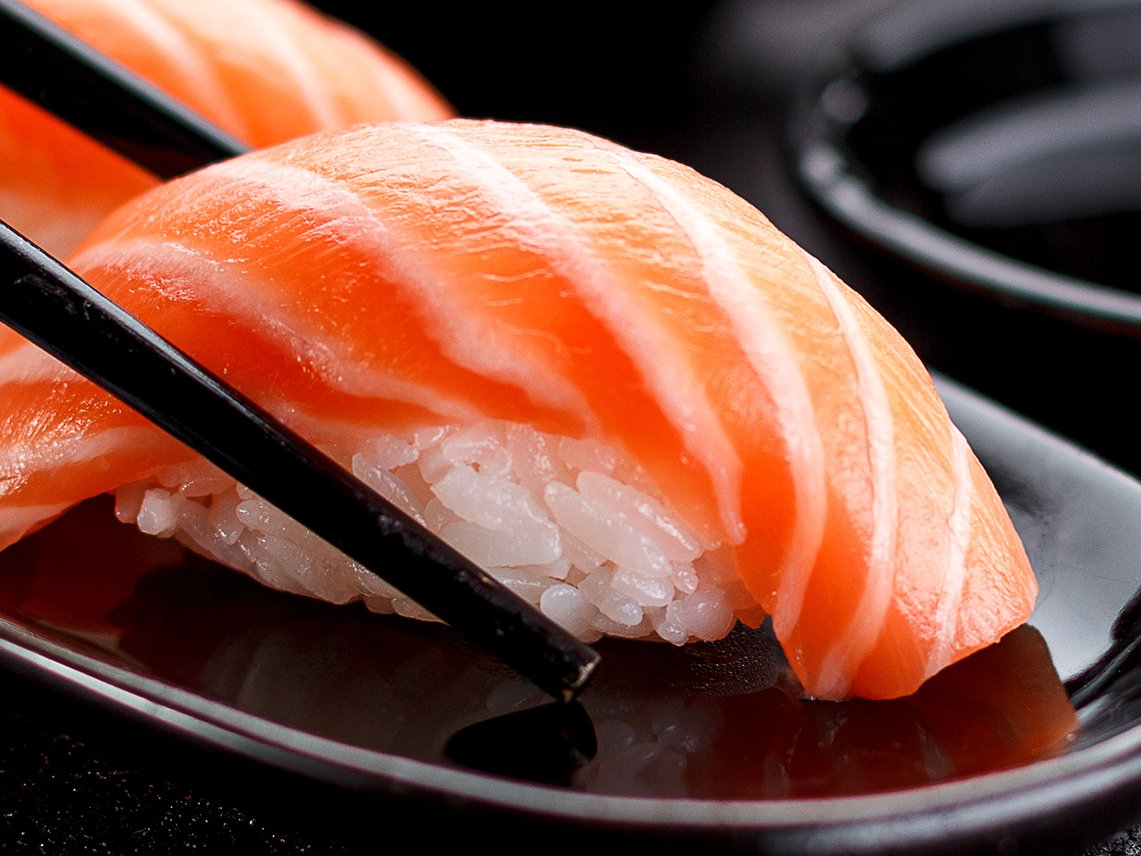Umami - The Savoury Taste Sensation
Umami is one of the five tastes along with sweet, sour, salty and bitter. Here is what umami is all about.
Umami stands for a savoury and meaty taste, it has a harmonising effect, lends depth to our perception of food – it is simultaneously the most pleasant and most complicated taste there is. The term itself is Japanese and roughly translates as "delicious". Umami was only officially recognised as a fifth taste quality in 2002.
However, the Japanese chemist Kikunae Ikeda defined umami at the Imperial University of Tokyo as long ago as 1908. The reason for his discovery, so legend has it, was a particularly full-flavoured dashi broth his wife had made for him. As he analysed the components of the broth, he traced that alluring flavour to the kombu seaweed which is particularly rich in glutamates. Since the broth was neither sweet, sour, salty or bitter, Ikeda simply named this new taste “delicious” – umami.
Glutamates and Umami
Umami's taste is down to one of the amino acids, building blocks of protein: to glutamic acid. High levels of glutamic acid in food translates into savory. And while this is present in some raw vegetables, too, it is exposure to heat and cooking that supercharges the taste by breaking open the protein molecules and setting the glutamic acid free. These split molecules are small enough to dock onto the receptors of our tongue's tastebuds and be perceived.
Glutamic acid is broken down into glutamate and aspartate: that is why long simmered broths are downright glutamate bombs. Chicken broth needs to simmer for three hours to release glutamate. But Japanaese dashi broth still packs the best umami punch. It is made from boiling kombu seaweed and katsuobushi, dried bonito flakes, in water. But it also works by boiling shiitake mushrooms with toasted soybeans or toasted rice.
Omnipresence in Nature
Glutamate is present in many foods: Parmesan cheese, for instance, ripe tomatoes, mushrooms, and onions: exactly those ingredients that make our food taste delicious. Glutamate is also present in asparagus, peas, boiled potatoes, lentils, cabbage, walnuts, almonds, sunflower seeds, celeriac, carrots and garlic – all lending tasty depth to what we eat. The above ingredients can be combined into a vegan flavouring paste that adds resonance to any dish. Vegans and vegetarians can thus get their umami fill, too. Most fruits, on the other hand, do not contain glutamates.
Maturation and Fermentation
Quite apart from long cooking, natural umami flavours are also created by maturation and fermentation of foods: both have the same effect and split open protein molecules. Sauerkraut or kimchi thus are natural sources of umami. Soy sauce, of course, is the result of fermenting soybeans and another umami bomb. Since flash-fried meat in a wok does not cook long enough to release the natural glutamate, a dash of soy sauce compensates. When it comes to cheese, the longer the maturation, the more umami.
Using Umami
Umami lessens the perception of bitterness and rounds out sweetness. Thus, if you eat tomato alongside liver, its bitter taste is weakened, rather like the parmesan in pesto toning down the bitterness of basil. If you wanted to boost the taste depth of a bland dessert, you could achieve this with the boiled down essence of chicken thighs, lemon grass, elderberry juice, sea salt and sugar.
MSG Controversy
“Umami is nothing but the savory taste of hydrolysed proteins. If you were to analyse the long simmered broths, sauces and demiglace reductions made from organic produce for free glutamic acids, they would all be put on a watchlist for alleged additions of glutamates,” writes Thomas Vilgis, physics professor at the Max-Planck Institute in Mainz, Germany and chair of the German Culinary Academy in a monograph about the fifth taste. This is prompted by the fact that many still see glutamate as flavour enhancer and enemy – because monosodium glutamate, or MSG, the salt of glutamic acid, is a much used additive in the restaurant and food industries.
It also travels under the number E621 and is used freely in pot-noodles and cheap take-away foods. Vilgis is adamant that there is no difference between naturally occurring glutamate and the additive: “From a scientific point of view, the discussion surrounding natural versus artificial is simply misleading. The way a substance is produced is irrelevant if its molecules are identical - that goes for its function in cooking and its effect on the body." Those who are worried or sensitive can stay away from the additive and indulge in naturally occurring glutamate to their heart's – and brain's – content.
